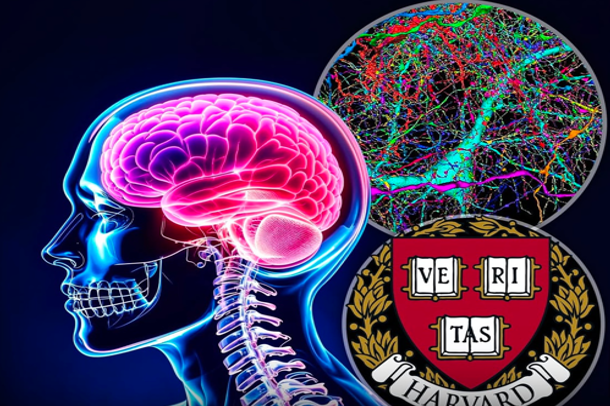Google and Harvard Unveil the Most Detailed 3D Brain Map
In an unprecedented collaboration, Google Research and Harvard University have unveiled the most detailed 3D map of the human brain ever created. This groundbreaking effort represents a monumental step forward in neuroscience, offering an intricate view into the wiring of the human brain like never before.
The high-resolution map provides invaluable insights into brain function, neural connectivity, and potential pathways for understanding neurological disorders.
The Significance of the Human Brain Mapping Project
For centuries, scientists have attempted to decipher the complexity of the human brain. However, the challenge has always been in visualizing and mapping the microscopic intricacies that define neural pathways, synapses, and cognitive function.
The new Harvard-Google brain map represents the first significant attempt to construct a nanometer-scale reconstruction of brain tissue, revealing astonishing details that were previously unseen.
What Makes This Brain Map Special?
The Harvard-Google collaboration achieves an unprecedented level of detail, covering a single cubic millimeter of the cerebral cortex—an area responsible for higher cognitive functions such as language, perception, memory, and decision-making.
- 57,000 neurons (brain cells)
- 150 million synapses (connections between neurons)
- 230 millimeters of blood vessels
How Was the Human Brain Mapped?
- Ultra-Thin Slicing of Brain Tissue
- A tiny piece of brain tissue was extracted and cut into over 5,000 ultra-thin slices.
- Each slice is 30 nanometers thick (about 1/1000th the width of a human hair).
- Electron Microscopy Imaging
- Each slice was scanned using high-resolution electron microscopes, capturing 225 million individual images.
- AI-Powered Reconstruction
- Google’s AI stitched the images into a fully detailed 3D model.
Groundbreaking Discoveries from the Brain Map
- Unusual Neuronal Structures: Previously unknown neuron branches forming looping patterns.
- Unexpected Redundancy: Some neurons have multiple pathways for the same information.
- High Variability in Synapses: The density of synapses varies more than previously thought.
How Will This Research Benefit Science and Medicine?
- Understanding Neurological Disorders: Insights into diseases like Alzheimer’s and Parkinson’s.
- Advancing AI and Brain-Inspired Computing: Better machine learning inspired by brain processing.
- Brain Repair and Regenerative Medicine: Potential breakthroughs in neural tissue engineering.
The Next Steps: Expanding the Map to the Whole Brain
Although this is the most detailed brain map ever created, it covers only a fraction of the human brain. Future goals include mapping larger sections to unlock deeper insights into human cognition, memory, and emotions.
Conclusion: A New Era for Neuroscience
The Harvard-Google 3D brain map marks a historic moment in neuroscience, offering unparalleled detail into how the human brain is wired. As brain-mapping technology continues to advance, it will drive innovations in neuroscience, artificial intelligence, and medicine.











